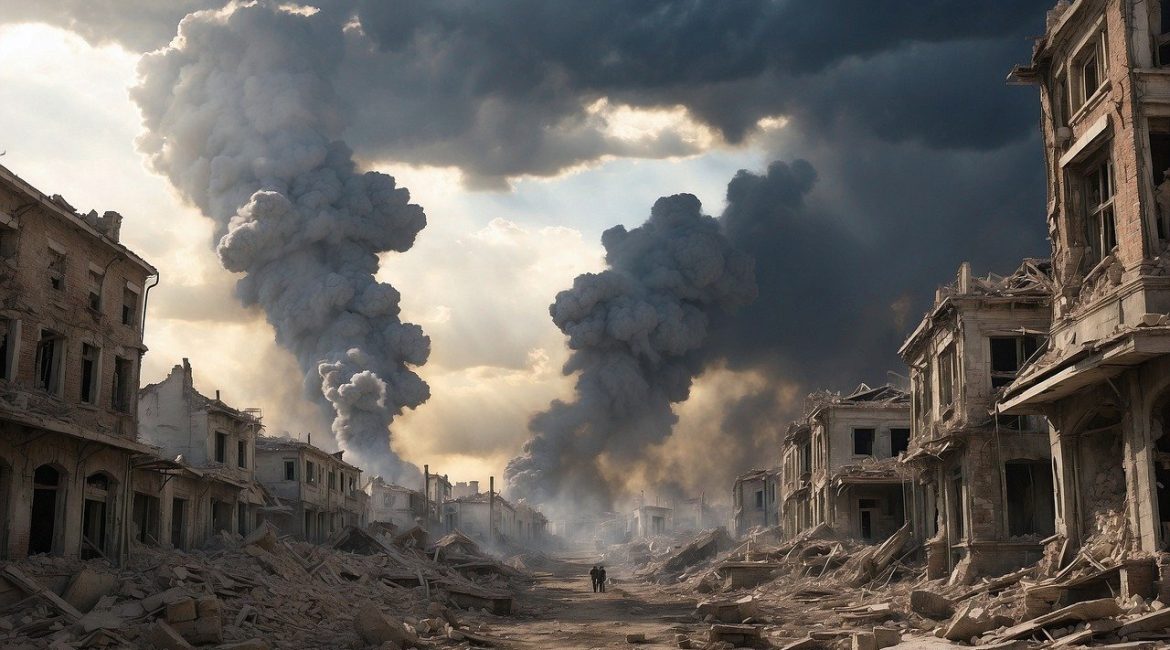The Palestinian issue, after many years of absence from the agenda of regional priorities (due to the presence of many conflicts in the region), has returned to the forefront of hot regional issues, open to all possibilities. And it returned through the gate of the Israeli war of retaliation in Gaza. But what could be the possible scenarios for the “day after” the Gaza war?
Firstly: The scenario of a prolonged and open war of attrition, with attempts to control it in space, so that it does not slide into a regional war. One of the moments of this scenario includes reaching understandings through the influential "three parties" to control the conflict on the ground and in the nature of the fighting, and reduce it until it stops. It is a scenario of temporary truces and which are based on the release of hostages, and acceptance of Israel's complete control over the Strip, while handing over the management of public life to a composite authority based on a Palestinian-Arab-international partnership, within a formula that is agreed upon.
Secondly: A scenario based on sliding into an open war at the regional level and reshuffling the cards in the game of influence in the region. Stopping a war of this kind requires reaching a “grand deal” in which the active regional and international powers participate. However, this does not mean a stable and permanent settlement, because it does not address the fundamental causes of the war, which are the continuation of the Israeli occupation and attempts to strengthen it. Therefore, the process of returning to war in various forms remains more than realistic as long as those causes are not radically addressed.
Third: Israel's declared attempts of Judaizing the West Bank, geographically and demographically, to strengthen the establishment of the Greater State of Israel remain the confirmed strategic and ideological goal of Israeli policy. The implicit or complementary effect of this policy lies in reviving what is known as the "Jordanian option". Talk has begun about various "soft" formulas to achieve this link between the West Bank and Jordan. It goes without saying that there is a clear and firm Jordanian and Palestinian rejection of these attempts.
Fourthly: The “realistic” scenario for stopping the war is through the UN Security Council issuing a resolution for a permanent ceasefire, not a partial or conditional ceasefire, as it is currently proposed. The Security Council’s responsibility to maintain security, peace, stability, and the peaceful settlement of disputes requires taking the necessary decision and exerting the necessary and realistic pressures on Israel for implementing it, in the interest of everyone in the region and beyond. This would be followed by organizing an international conference, in which the active international parties participate to revive the peace process, and to keep up with and sponsor this process, on the basis of the international references and adherence to the two-state solution.
In short, these partial solutions are relatively easy to achieve, but they remain temporary, and constitute a kind of costly escape forward, and there is no way to achieve complete peace through them. On the other hand, the two-state solution and ending the occupation are difficult to achieve, in light of the existing data, but it is the only solution that allows (if the conditions are met, and this is more than possible), to achieve comprehensive, just and lasting peace, and opens a new page of relations in the Middle East region.

